How to Dye Fabric with Avocado Skins
Ever wondered how to dye fabric with avocado skins. Yes, that’s right! Avocado skins and stones make excellent natural fabric dye. This 2-ingredient eco-friendly dye tutorial is a cheap and easy way to dye fabrics and clothing naturally without any harmful ingredients. Plus, it’s a great way to make use of the skins after enjoying an avocado.
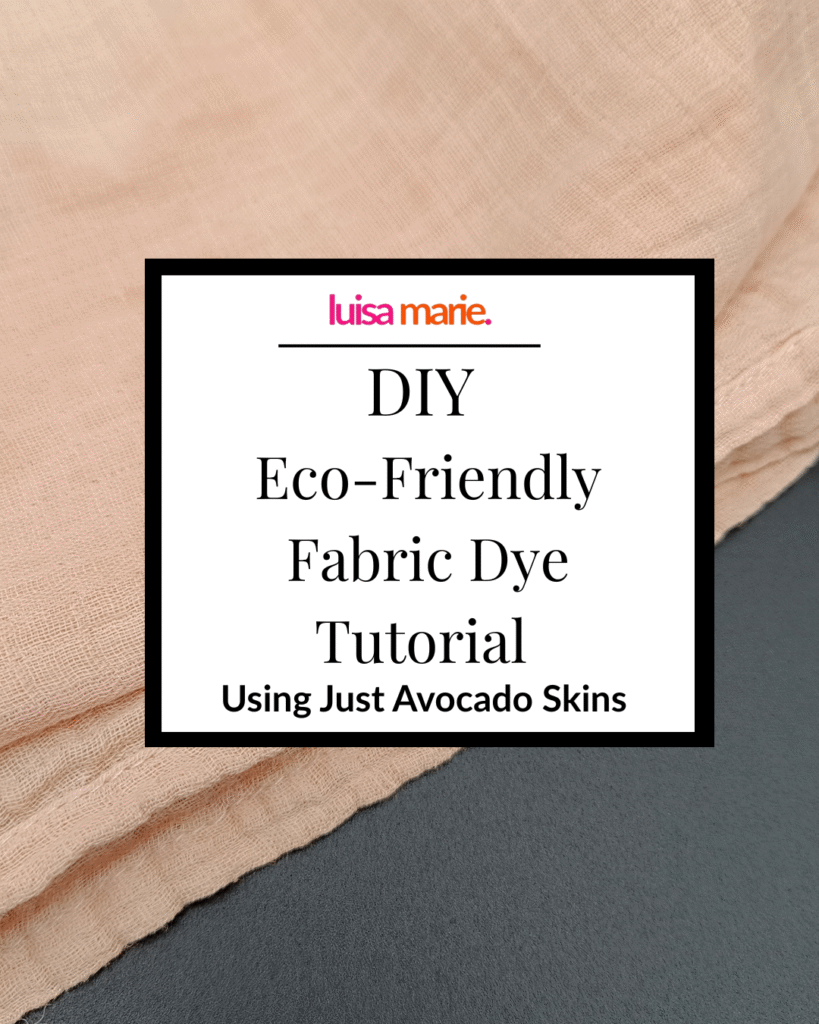
How to Dye Fabric with Avocado Skins
I recently found myself with a box full of old linen cloths and wanted to revamp them by dying them. I am very careful when it comes to using mainstream fabric dyes because they’re usually not good for the environment and some can even be harmful to people too. After all, why ruin perfectly good natural cotton linens with nasty dyes? So I researched how to dye fabric with avocado skins and stones and got to work.
This method of dying fabrics with avocado is so easy and you only need 2 ingredients: water and the avocado (skins and stones).
Why Avocado Works as a Natural Dye
The dye pigment in avocados comes not from the green flesh, but from the skins and pits (stones). Do not use the green flesh for dying your textiles, as this won’t work. You must make sure that you’ve properly scooped out any remaining avocado flesh (the soft green stuff inside that you eat) and thoroughly cleaned your avocado skins and stones. The stones and skins of the avocado contain tannins and natural pigments that release a range of warm tones — from pale blush to dusty rose to deep terracotta.
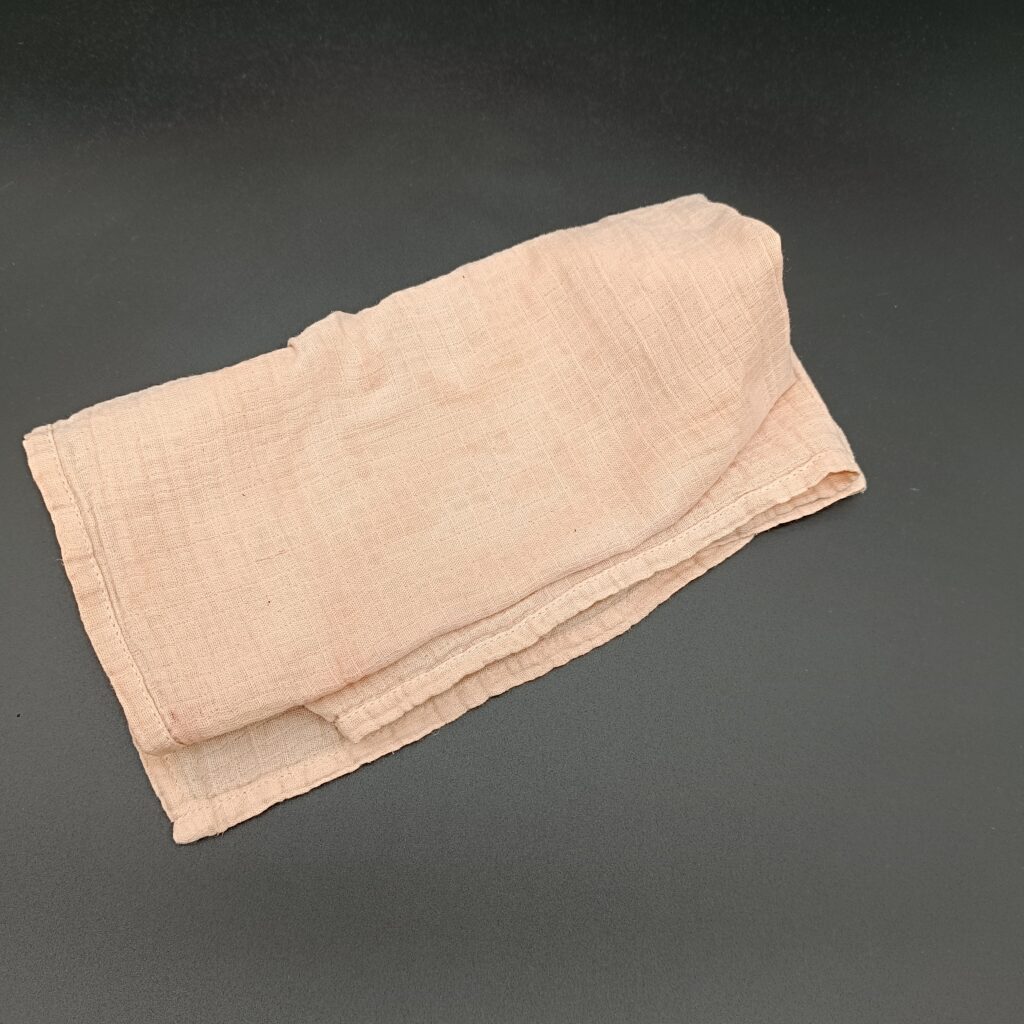
What Shade Will Fabric Turn When Dyed with Avocado Skins and Pits?
You might be surprised to learn that dying fabrics using avocado skins and stones results in a pink to coral tone. That’s right, from those green-brown skins and stones the DIY dye gives off a pink dye. Unfortunately, there is no way to change the color of the dye produced using avocado skins, so if you’re looking for a green or blue dye then this tutorial won’t work. This natural avocado dye is ideal for those who want a natural warm tone that varies between pale blush to a deep salmon pink color. The results that you get from avocado dying will depend on:
- How long you simmer it
- The fabric or material type
- Whether you use a mordant (like alum) or not
- Water pH and mineral content
So it’s the tannins that make avocado dye especially effective for fibres like cotton, silk, wool, and linen — they help the colour bond naturally to the fibres.
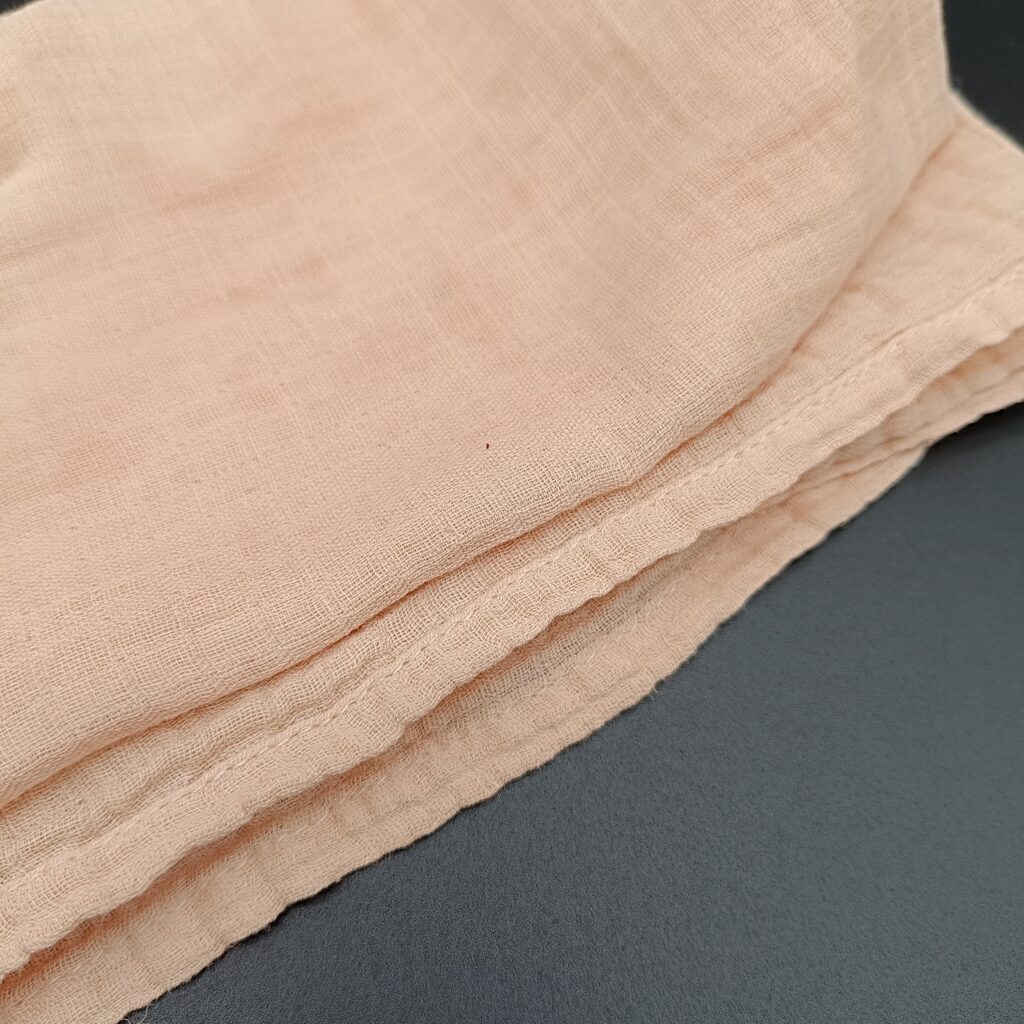
Using Avocado as a Textile Dye (Step-by-Step)
What you need:
- 4-6 avocado pits and/or skins
- Large pot (stainless steel or enamel, not aluminium)
- Strainer
- Natural fabric (cotton, silk, wool, or linen – washed and pretreated)
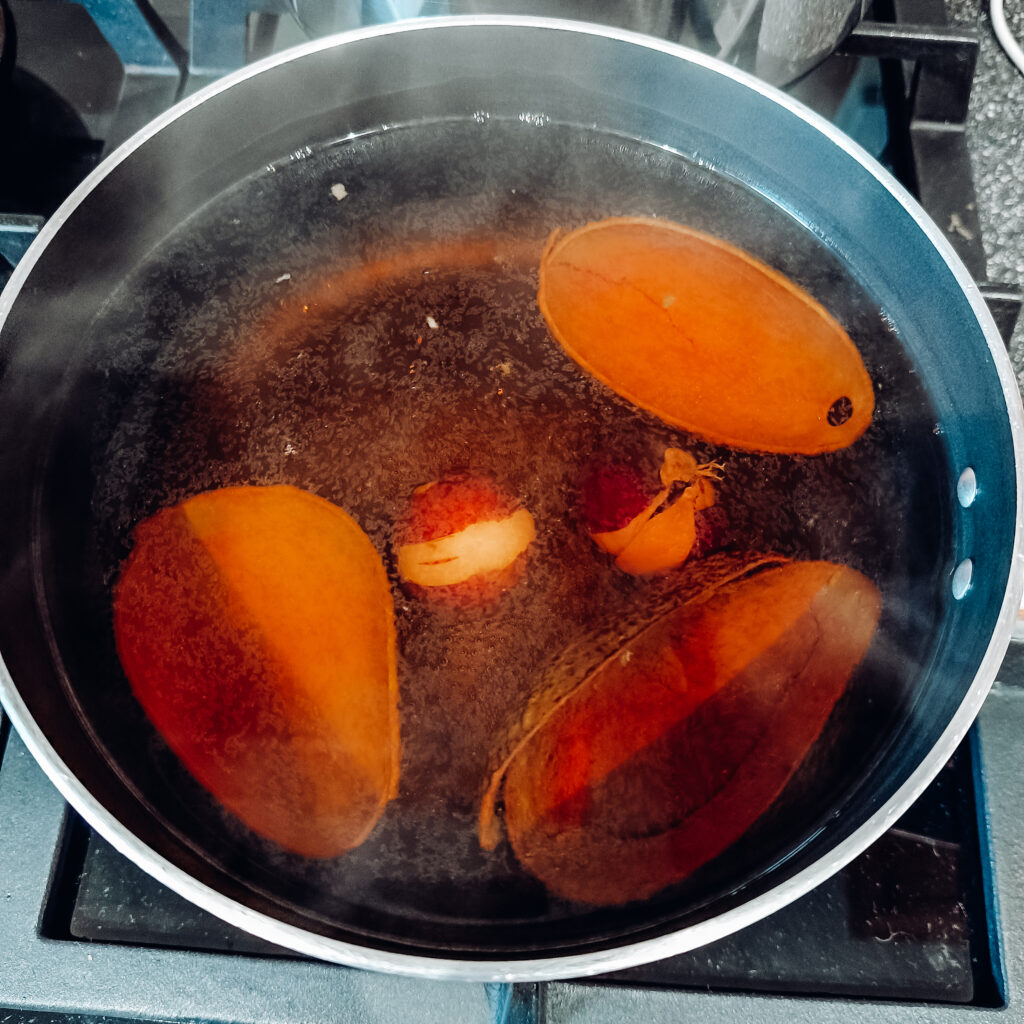
Steps:
- Collect & clean: Rinse avocado pits and skins to remove any flesh. You can freeze them until you have enough.
- Simmer: Place in a pot with enough water to cover. Bring to a gentle simmer (not boil) for 45-60 minutes. The water will turn deep orange or pinkish-red.
- Cool & strain: Let the dye bath cool completely, then strain out the pits and skins.
- Dye your fabric: Submerge pre-wet fabric and simmer gently for another 30-60 minutes, stirring occasionally.
- Rinse & dry: Rinse in cool water until clear, then dry in the shade.
Optional: Add a small amount of alum or iron as a mordant to shift or deepen the tones.
Can You Dye Fabrics with Avocado Dye in the Slow Cooker?
Although this DIY avocado fabric dye is easy and only uses avocado skins and water to make, it is quite time-consuming and you do need to make sure that the avocado dye is only left simmering away for up to 60 minutes and not boiling. That’s why it makes sense to consider a slow cooker or crockpot for this avocado dyeing method. I’ve tried both ways – using a saucepan and also using a slow cooker to dye fabrics and both work really well. If you want to save yourself sometime and not have to watch over your saucepan then I’d definitely recommend making your dye and dying your fabrics using a slow cooker.
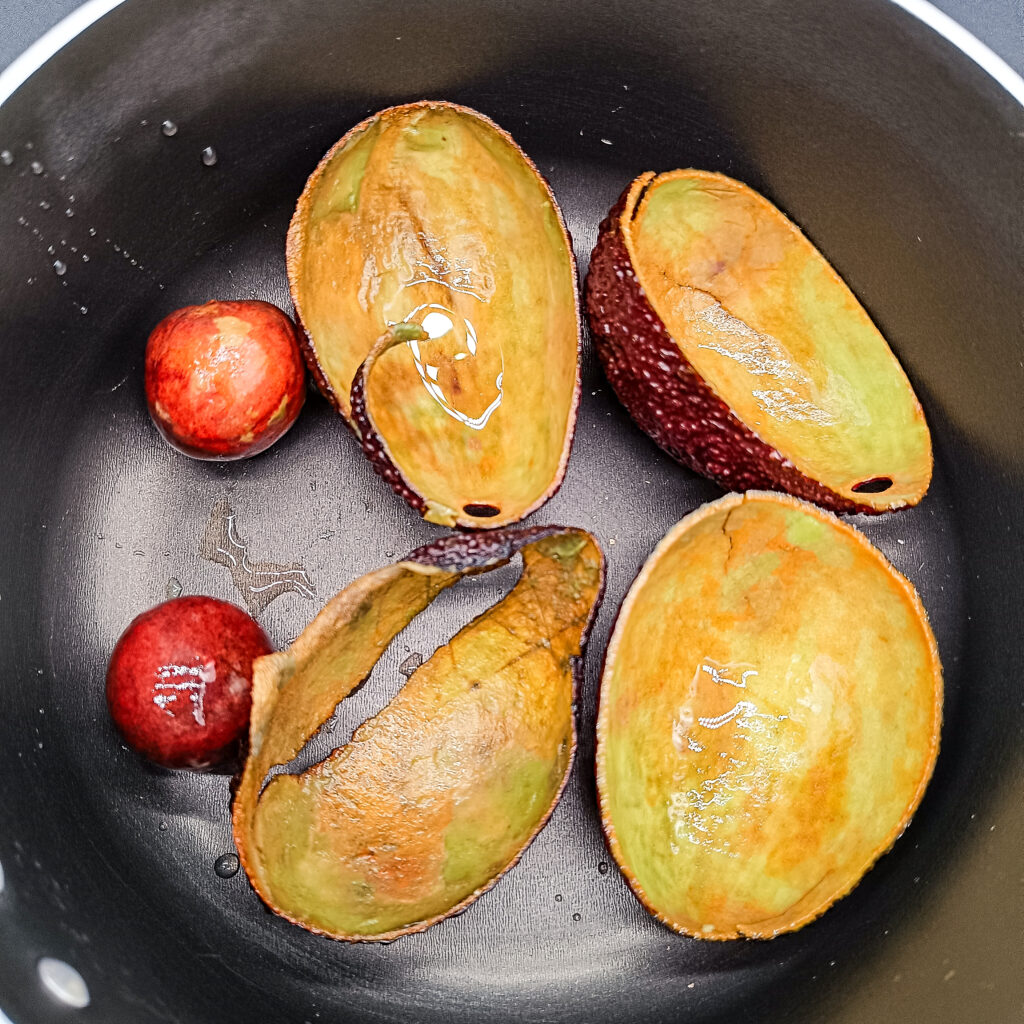
Other Natural Dye Uses for Avocado
Avocado dye isn’t limited to textiles – it can be used for other creative or sustainable dye applications, too:
1. Paper Dyeing & Art Paper Tinting
You can use the same dye bath to tint handmade or recycled paper, envelopes, or journal pages. It gives a subtle, antique blush tone – perfect for journaling, stationery, or collage art.
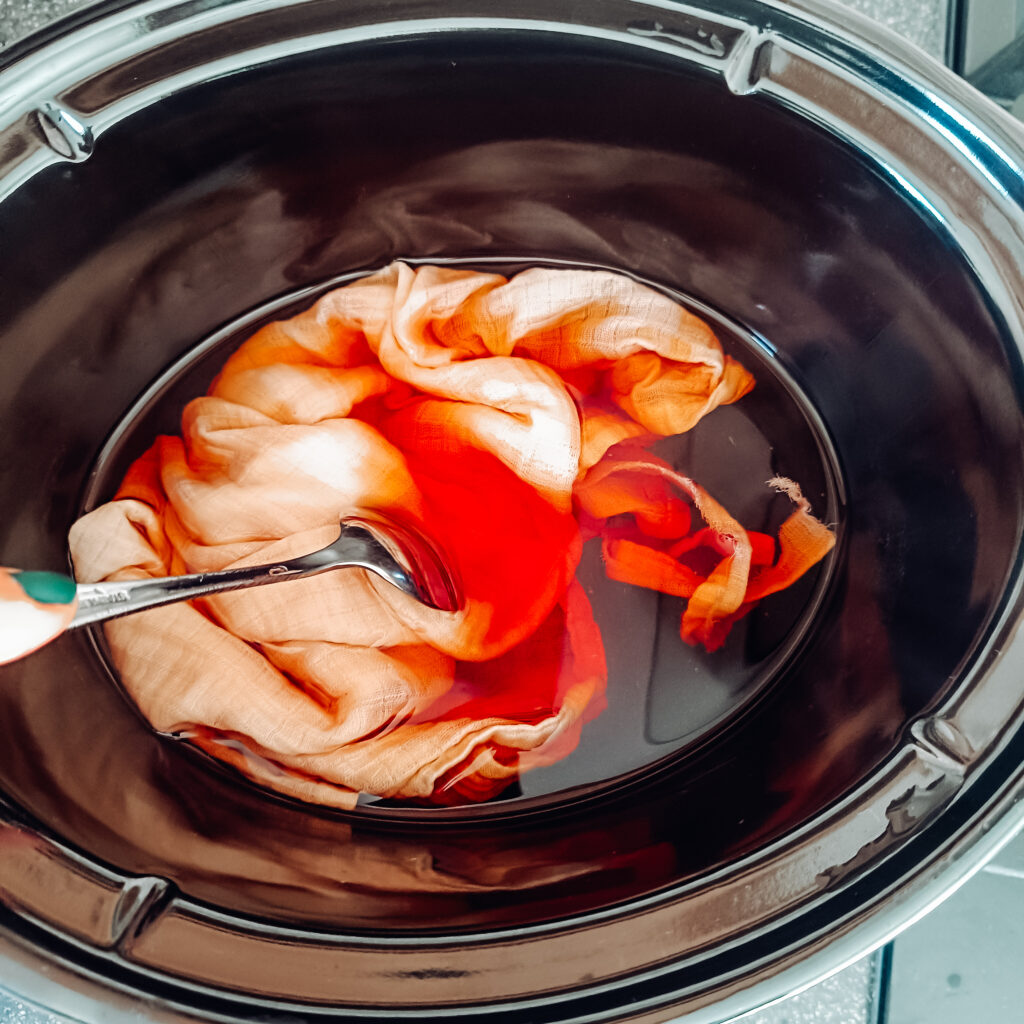
2. Natural Ink or Watercolour Pigment
If you reduce the dye bath (simmer it longer until it thickens slightly), you can use it as a natural ink or paint wash for:
- Botanical sketching
- Background tints in artwork
- Natural pigment experiments
It won’t be as colorfast as synthetic ink, but it’s beautiful for eco-art projects or ephemeral art.

3. Dyeing Threads, Yarn, or Embroidery Floss
Wool yarn, silk threads, or cotton embroidery floss take avocado dye beautifully — perfect for creating coordinated hand-dyed textile art, embroidery, or sewing details that match your dyed fabrics.
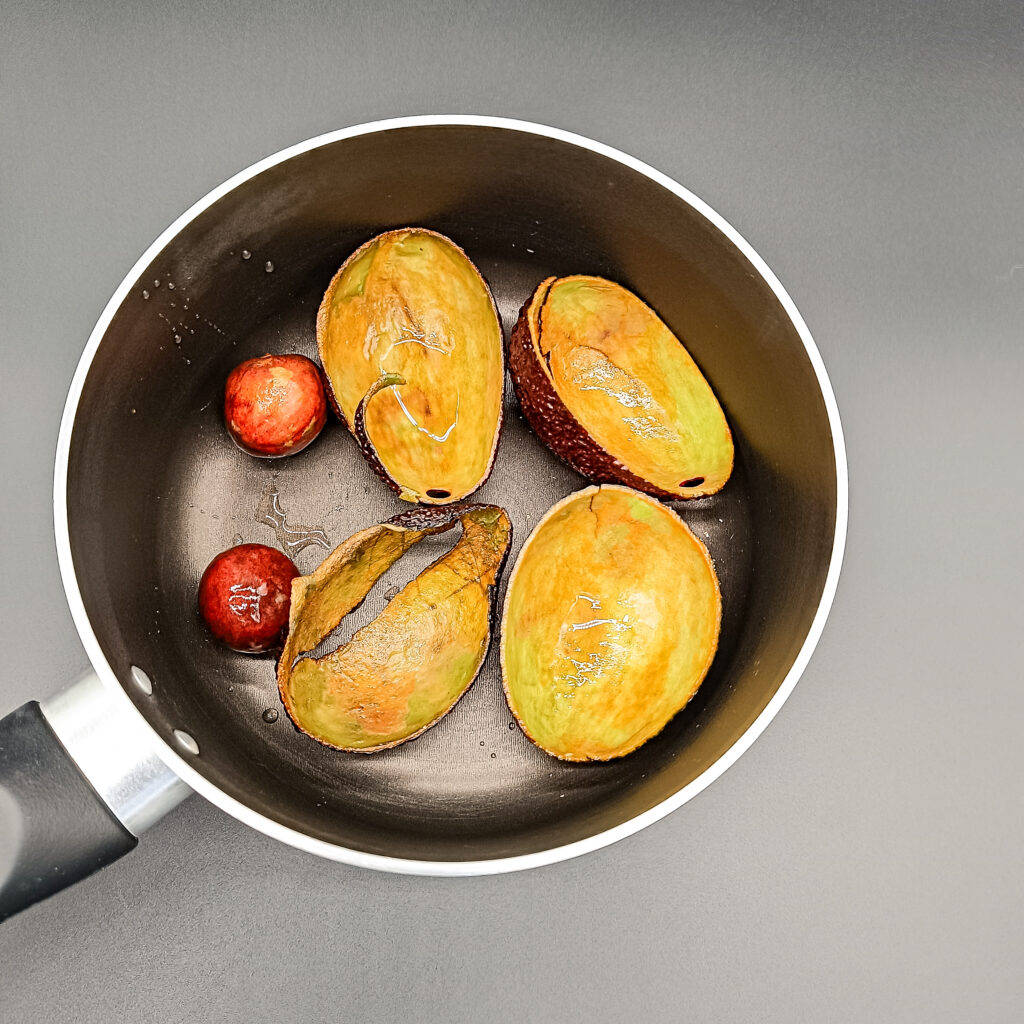
4. Dyeing Natural Fibres for Clothing Linings or Labels
Avocado dye can also be used to dye clothing or bag linings, as well as clothing labels. This adds a really nice touch to sustainably-made or handmade items.
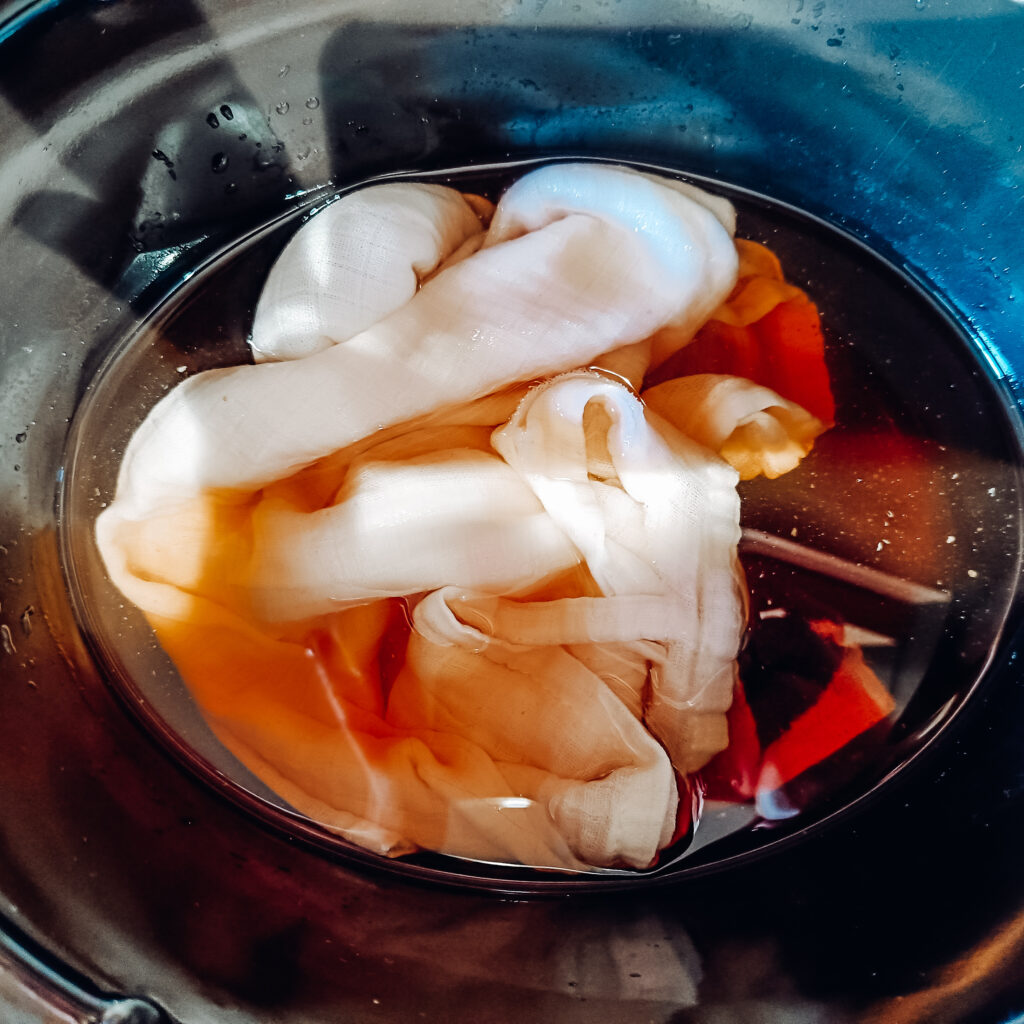
What are the Best Uses of Avocado Dye?
| Use | Description | Best For |
|---|---|---|
| Textile dyeing | Natural blush/pink tones for fabric | Cotton, silk, linen, wool |
| Paper dyeing | Soft pink tint, antique look | Journals, cards, stationery |
| Natural ink | Light pink watercolour effect | Art and creative projects |
| Yarn/thread dyeing | Beautiful, cohesive tones | Embroidery, sewing, weaving |
| Brand storytelling | Eco-friendly material aesthetic | Sustainable fashion, packaging |






